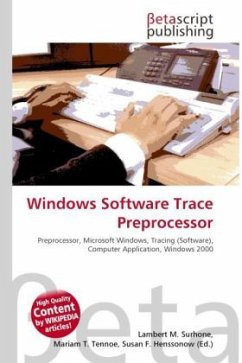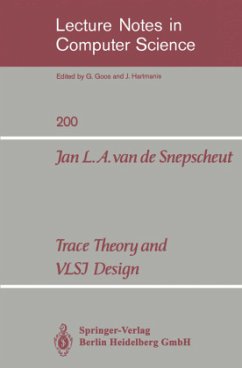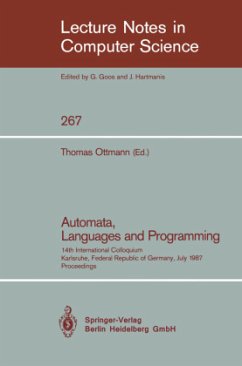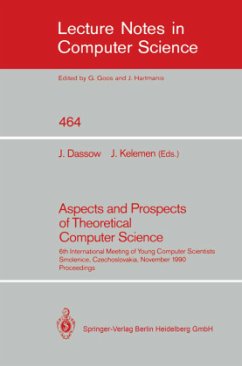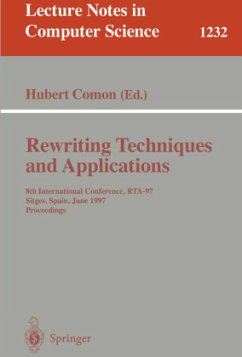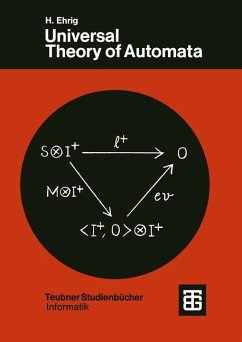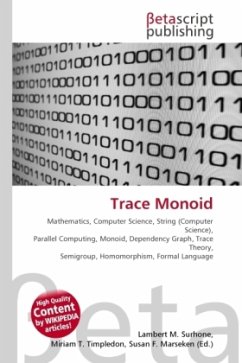
Trace Monoid
Versandkostenfrei!
Versandfertig in 6-10 Tagen
26,99 €
inkl. MwSt.

PAYBACK Punkte
13 °P sammeln!
High Quality Content by WIKIPEDIA articles! In mathematics and computer science, a trace is a set of strings, wherein certain letters in the string are allowed to commute, but others are not. It generalizes the concept of a string, by not forcing the letters to always be in a fixed order, but allowing certain reshufflings to take place. Traces are used in theories of concurrent computation, where commuting letters stand for portions of a job that can execute independently of one-another, while non-commuting letters stand for locks, synchronization points or thread joins. The trace monoid or fr...
High Quality Content by WIKIPEDIA articles! In mathematics and computer science, a trace is a set of strings, wherein certain letters in the string are allowed to commute, but others are not. It generalizes the concept of a string, by not forcing the letters to always be in a fixed order, but allowing certain reshufflings to take place. Traces are used in theories of concurrent computation, where commuting letters stand for portions of a job that can execute independently of one-another, while non-commuting letters stand for locks, synchronization points or thread joins. The trace monoid or free partially commutative monoid is a monoid of traces. In a nutshell, it is constructed as follows: sets of commuting letters are given by an independency relation. These induce an equivalence relation of equivalent strings; the elements of the equivalence classes are the traces. The equivalence relation then partitions up the free monoid (the set of all strings of finite length) into a set of equivalence classes; the result is still a monoid; it is a quotient monoid and is called the trace monoid. The trace monoid is universal, in that all homomorphic monoids are in fact isomorphic.



